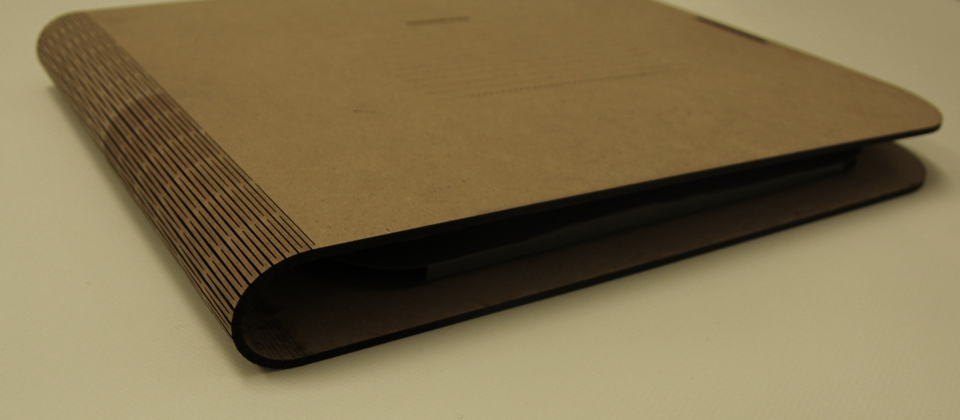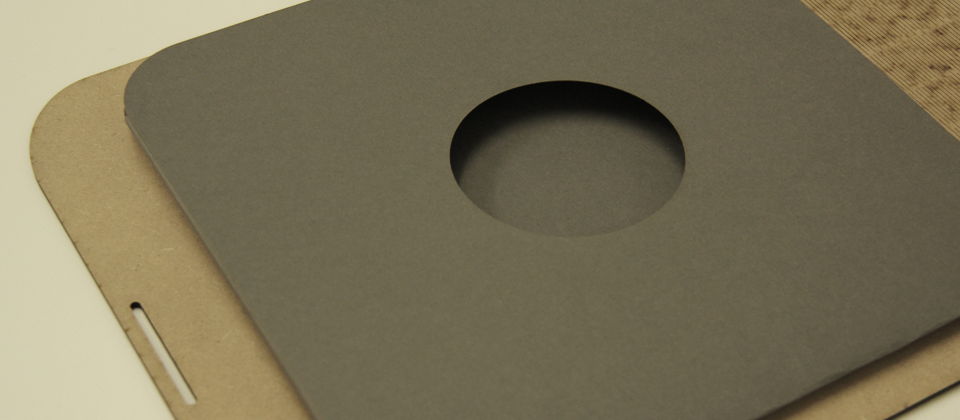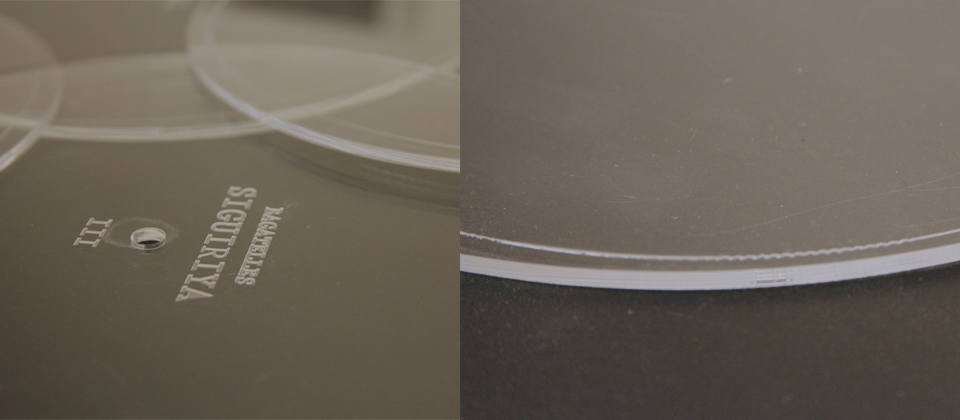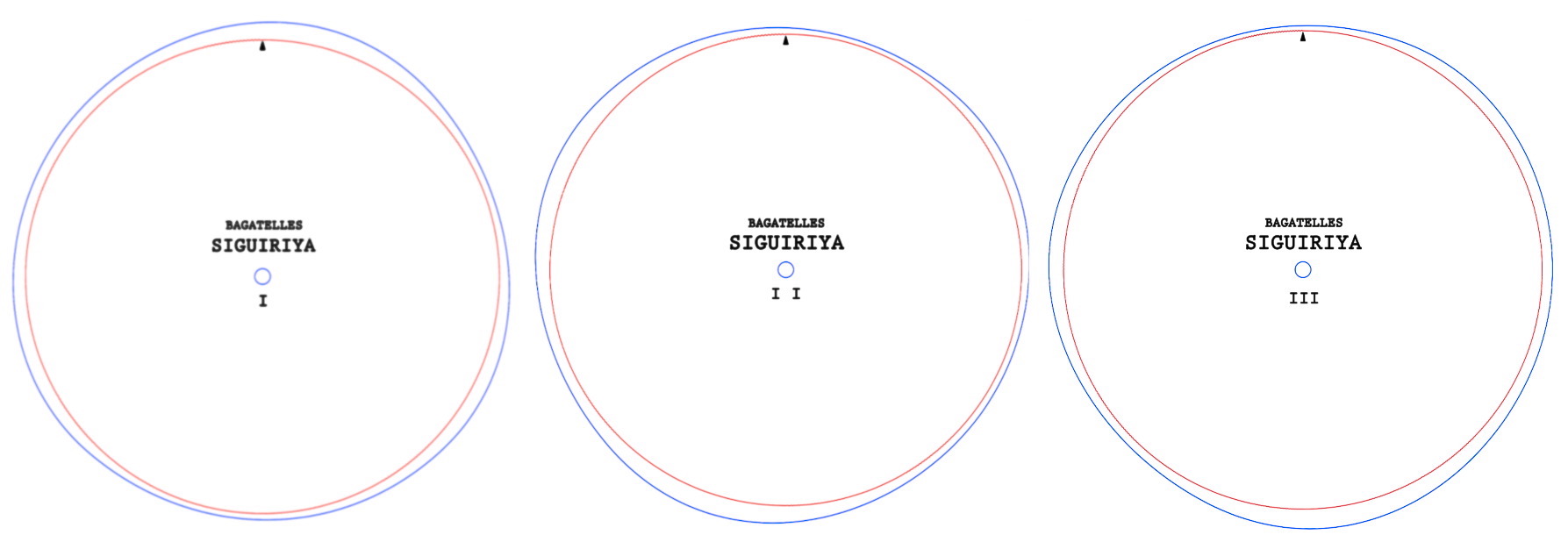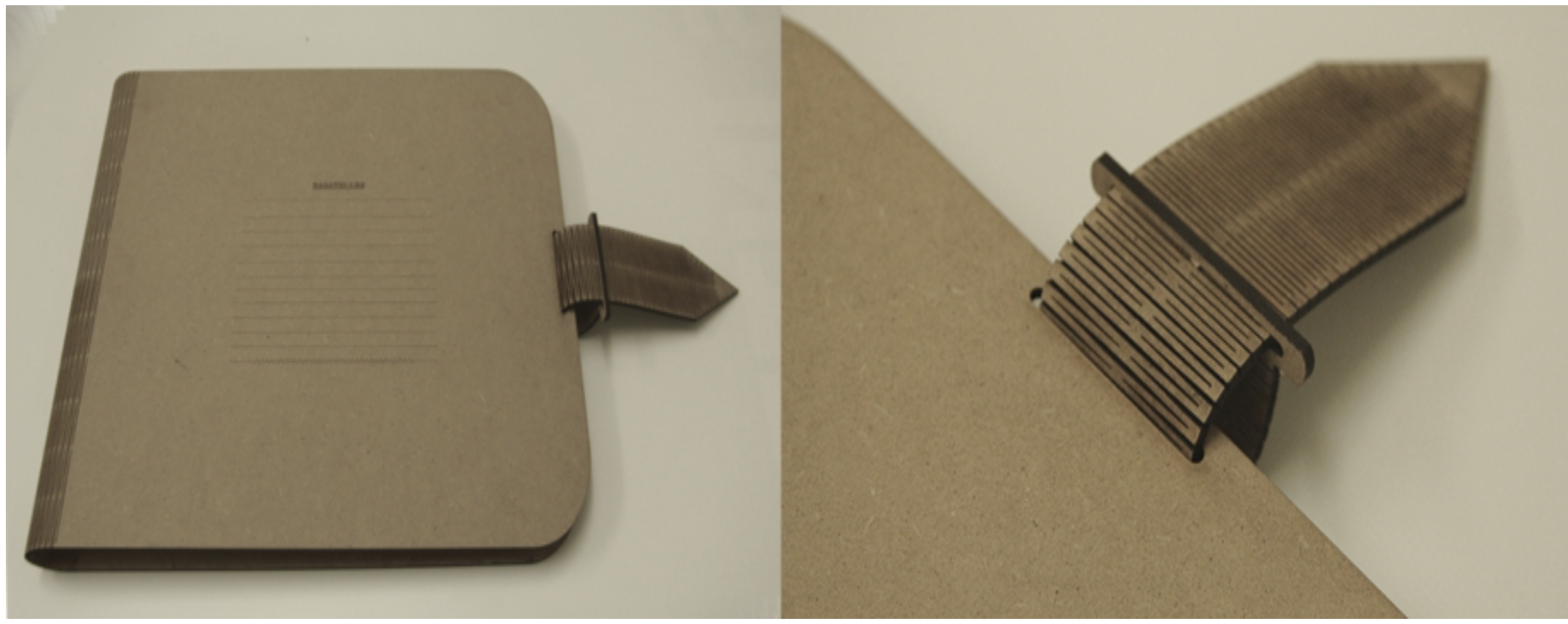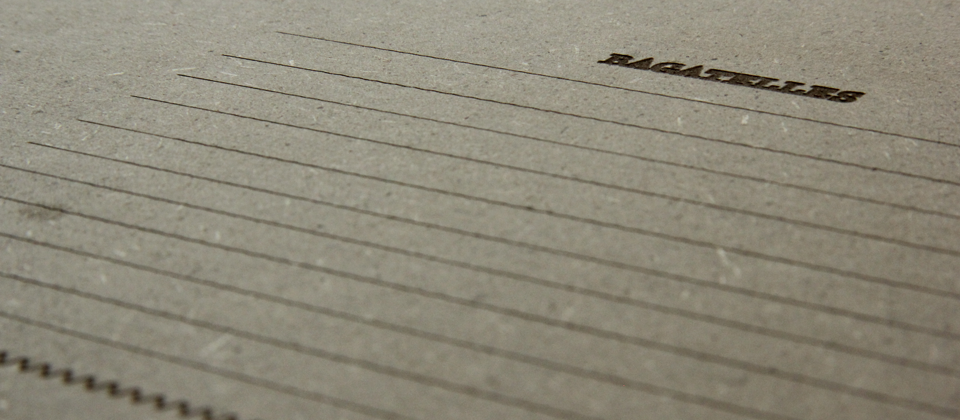
Bagatelles (2015) is a dance creation by Enrique Tomás and Ana Morales produced with the help of the Flamenco Biennial of Netherlands. It has been premiered in 2015 at the Muziekgebouw aan ‘t ij Amsterdam.
“The creative union of a flamenco dancer (Ana Morales) and a sound artist (Enrique Tomás) is Bagatelles, a series of dance impromptus derived from electronic art practices. A stage full of interactive objects is waiting to be animated: robots, reactive floors, digital instruments… creating new technological extensions in the poetic structure of flamenco while building unexpected sonic environments and artistic relations.
The genuine and spontaneous character of flamenco appears often as a very distant matter to such a habitual element in our lives as computers or electronics.
Music materials derived from experimental practices like field recordings or digital lutherie articulate the sonic results, sometimes improvised as an impromptu for flamenco expression, and sometimes through the form of classic “palos” recreated with the use of live electroacoustic music. In Bagatelles, the on-stage-action by Ana Morales is the key for exploring the subtle mechanisms that differentiate or integrate flamenco into other arts, in this case, the electronic arts. Her movements conduct us to an unexpected form of communication with technology, a place where we have not seen the genuine and spontaneous character of flamenco before.“
Enrique Tomás
“ We had the idea of different automatic machines for making beats, but we wanted to have something “analog” on the stage. Something that could be easily manipulated without the use of a computer. We ended up with some online examples demonstrating the possibilities of laser engraving surfaces like the vinyl record style. So this is what we did it, we created a whole repertoire of flamenco palos, transitions, etc… for being played with analog records. ”

As a part of this work I developed several laser-cut records that are reproducing three flamenco palos : fandango, siguiriya and abandolao. Palo is a traditional music form of Spanish flamenco. Each palo is characterized by variety of musical features such as its rhythmic pattern and mode. Those records should be viewed not as different compositions, but as rhythmic sound sources.
Each record was first designed with Adobe Illustrator and then fabricated with a Trotec Speedy 300 laser cutter. After several tests with materials such as mdf, cardboard, black and white acrylic, we decide to use transparent acrylic (thickness: 3 mm) for its appearance and physical characteristics.
Siguiriya
440 Hz // 33 rpm // 220 mm
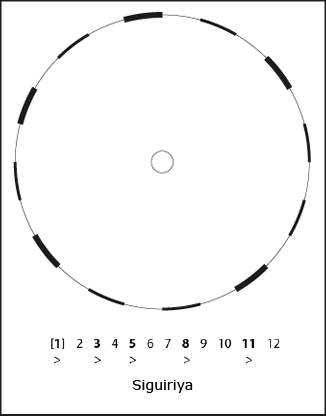
The layout used for engraving the patterns (red) and cutting out the shape (blue). The arrow signals the beginning of the sound loop.
Fandango
700 Hz // 33 rpm // 220 mm
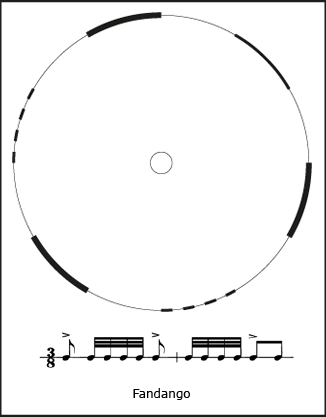
Abandolao
330 Hz // 33 rpm // 220 mm
Through this process, a codified rhytmic pattern is converted into a graphical one and then engraved.
For a better understanding of the technique employed look at Jo Kazuhiro’s project “How to make a record without prior acoustic information”, together with his article on Leonardo Music Journal.
I need to acknowledge him for all the support and suggestions I got during my residency at IAMAS.
Digital fabrication
Along with the sound I have also designed and produce the cover, sleeves, and appearance of the records.
